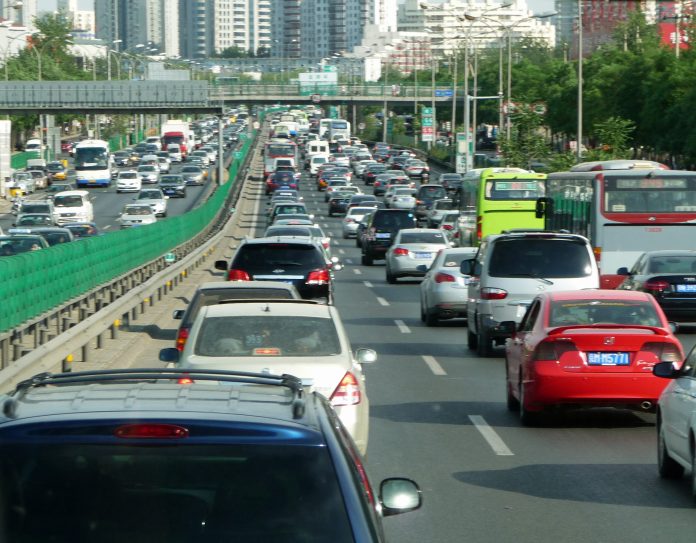According to a recent story by CTV, 762 drivers were ticketed for driving in the left lane on B.C. highways after the new laws regulating highway driving came into effect in June of 2015, and 793 were ticketed throughout all of 2016. That’s a pretty sizable drop in monthly averages, but clearly not everyone is aware — or cares — about the regulations.
In case you’re not familiar, the law says that you should keep in the right lane of any multilane highway with a speed limit of 80 km/h or greater, except to pass, allow traffic to merge, turn, or pass a stopped vehicle with flashing lights. The idea is that it keeps traffic moving smoothly and safely, as most accidents and slowdowns come from drivers changing lanes.
And it seems like it’s a great system. Washington state has been using it for far longer, and on the stretch of the I-5 from Bellingham to Seattle, you can actually often see it working as intended. For the most part, cars drive steadily at or slightly above the speed limit in the right lane, while the left is mostly empty other than the speed demons (whom you don’t want behind you anyway), and people pulling into it to pass slower moving traffic.
Unfortunately, not enough people have figured out the benefits of the system here in B.C., or at least not on my commute from Mission to UFV. Almost every single time I make the trip, there’s a smattering of cars in each lane, regardless of how heavy traffic is, and a few impatient people zipping in and out of both lanes, trying to get one or two cars ahead in the line-up at the next red light. It’s just a recipe for accidents. If you don’t believe that kind of driving slows down traffic, go to Google and find that GIF of how traffic jams form that was all over Twitter a year ago (or watch the CGP Grey video it came from on YouTube). Basically, it doesn’t take an obstruction to make traffic slow to a crawl — all you need is an impatient driver moving into a space that’s too small, causing the people behind them to brake, and you have a cascading effect ruining everyone’s commute.
Notice how I said “a space that’s too small?” That’s another one of my pet peeves, if you can call something potentially deadly a pet peeve. Following distance is a massively important subject that doesn’t seem to get enough attention. Not only do you need space to stop if the driver in front of you slams on the brakes, you also aren’t obstructing traffic behind you as much if you have space to slow down without coming to a complete stop unless you need to. And the slower you’re stopping, the less likely it is the person behind you slams on their brakes, and so on and so forth.
And while we’re at it, seriously, don’t text (or find music on your phone, or check for missed calls, or whatever) while you’re driving. I know this one’s being hammered into us a lot recently, but on top of the fact you could kill someone else or yourself, on top of the nearly $400 fine, yeah, it also slows down traffic. Checking your texts at a red light? Your reaction might be a second or two slower to get started again, and you just made two cars behind you miss the green.
Basically, all I’m saying is that commuting is enough of a pain as it is, so please try to make it a bit less agonizing for everyone else on the road.
Jeff was The Cascade's Editor in Chief for the latter half of 2022, having previously served as Digital Media Manager, Culture & Events Editor, and Opinion Editor. One time he held all three of those positions for a month, and he's not sure how he survived that. He started at The Cascade in 2016.



